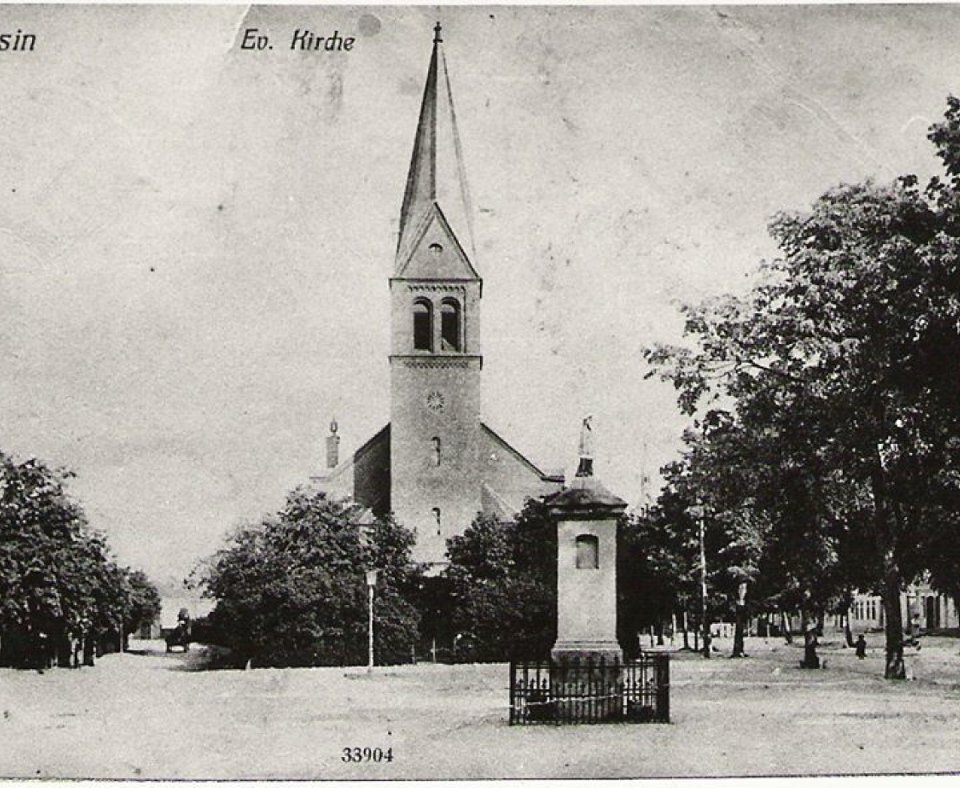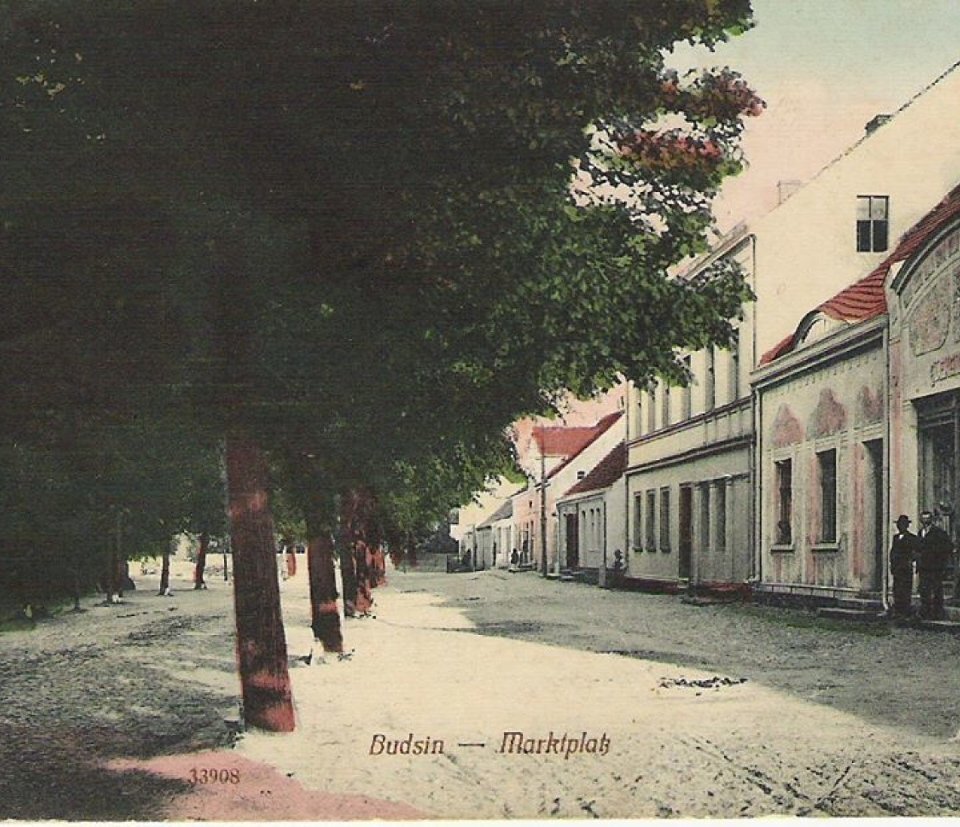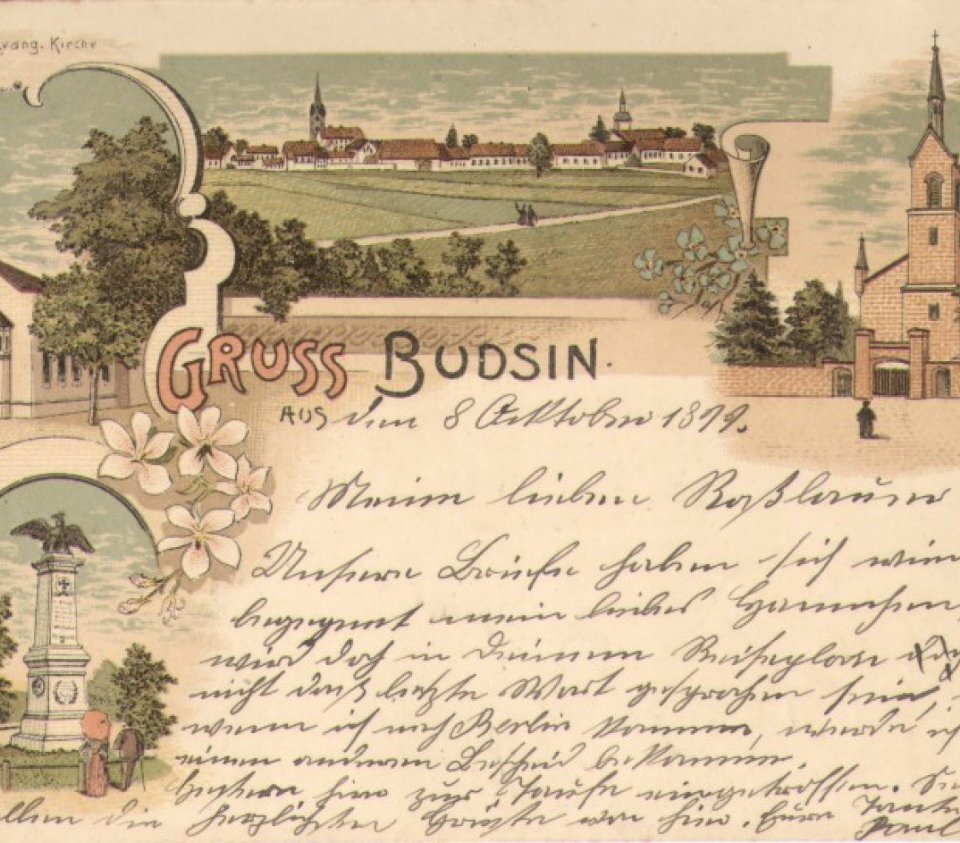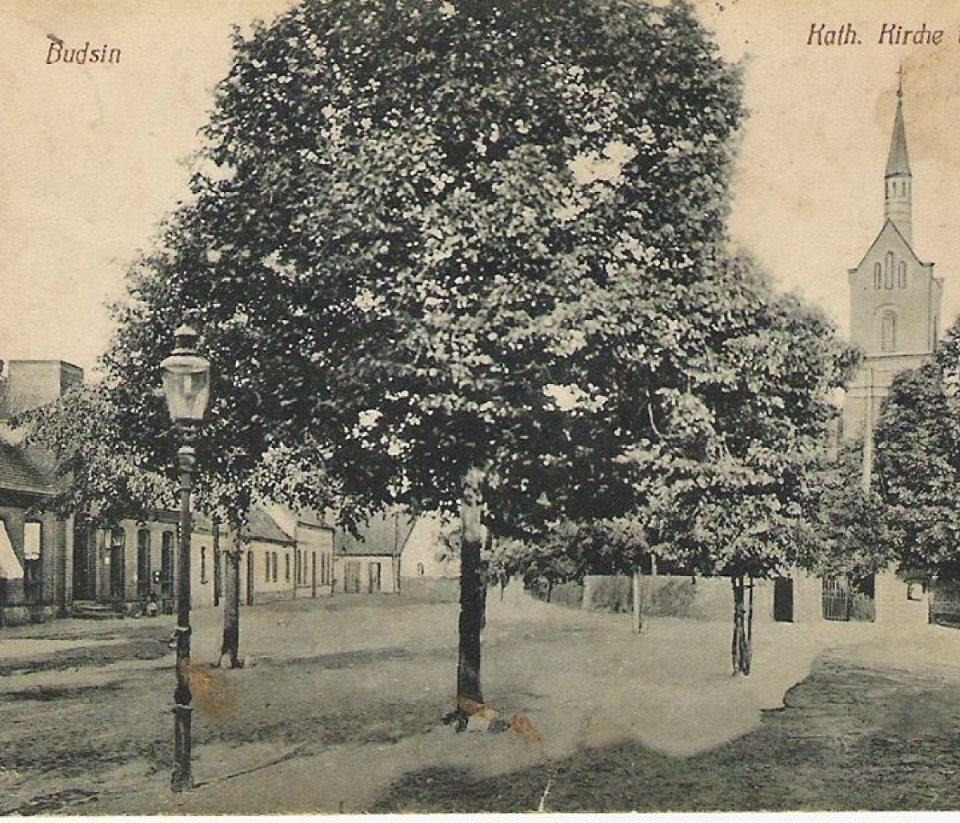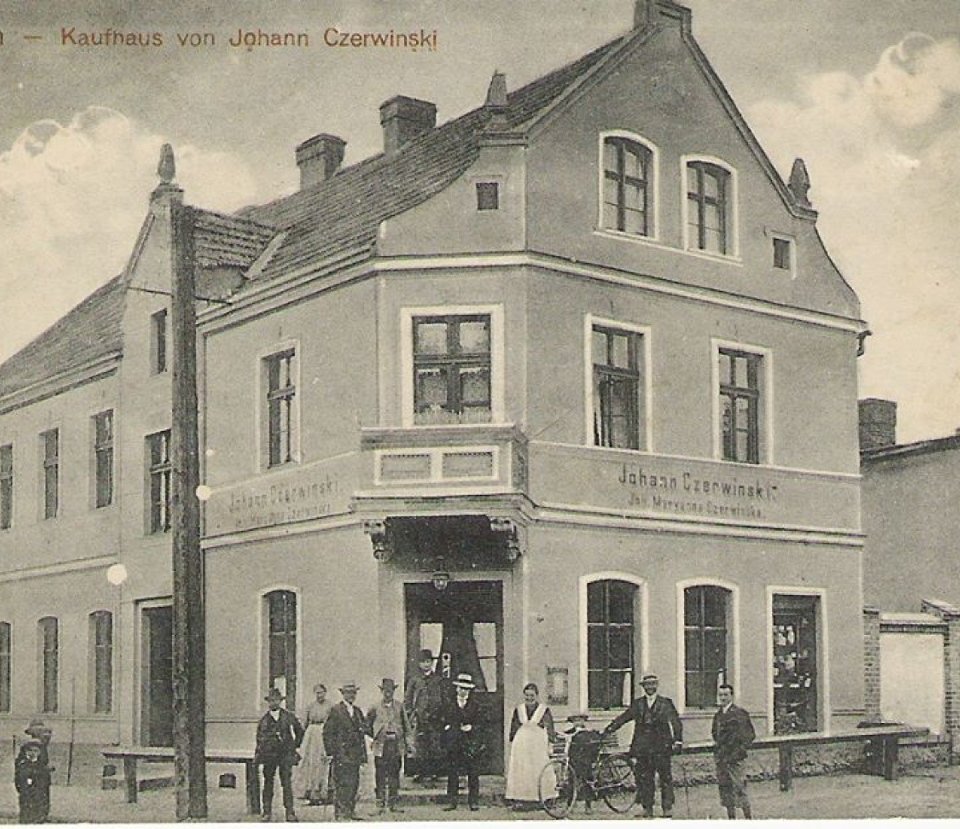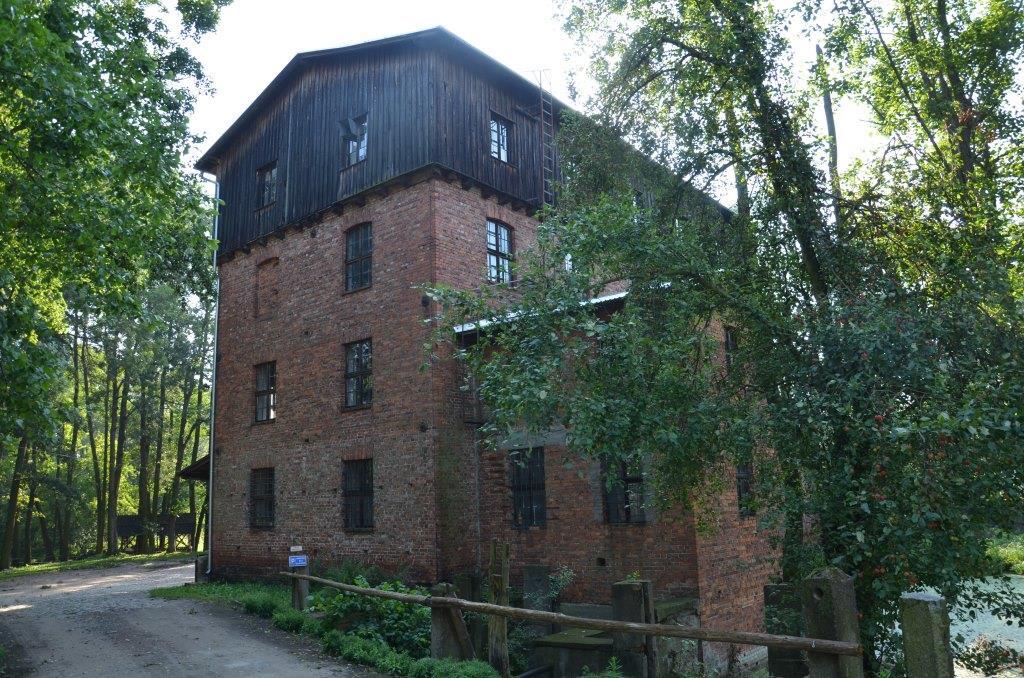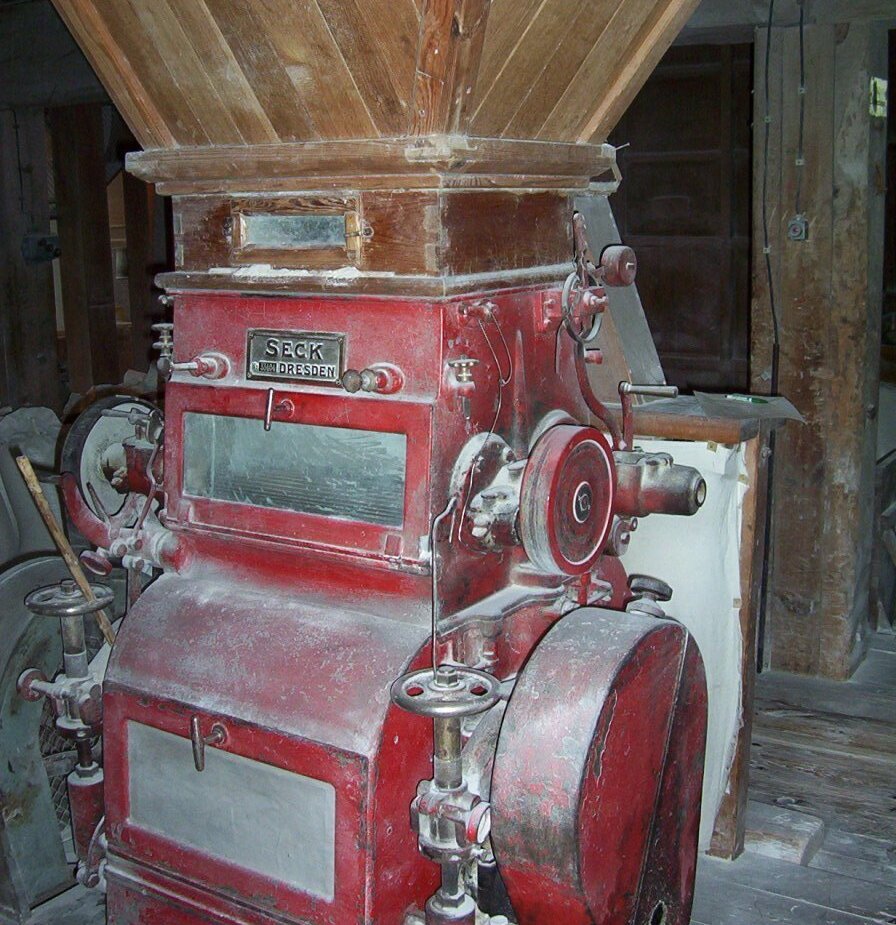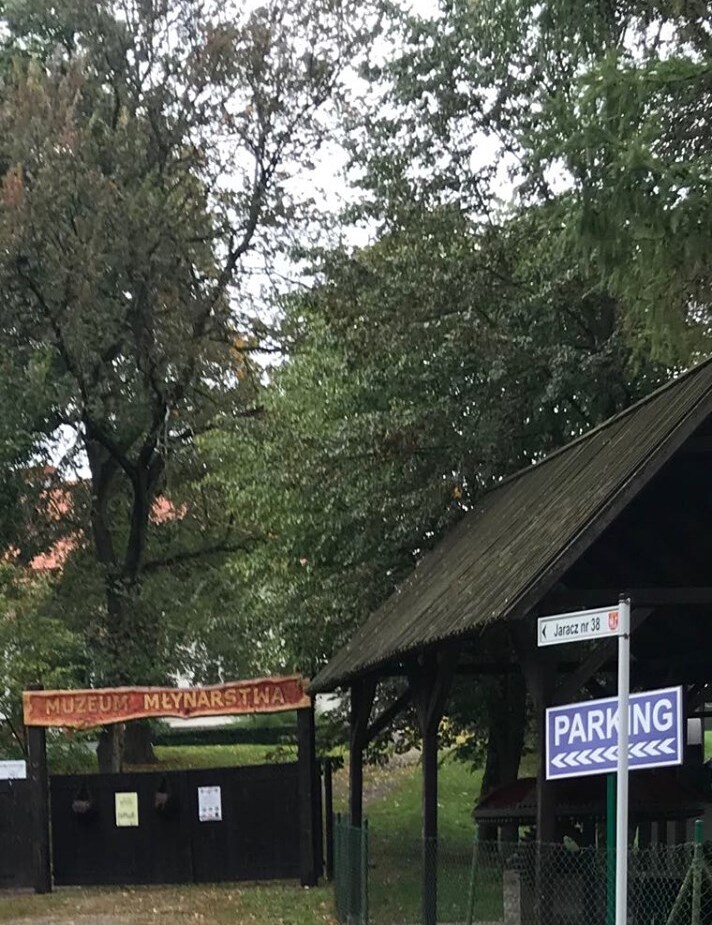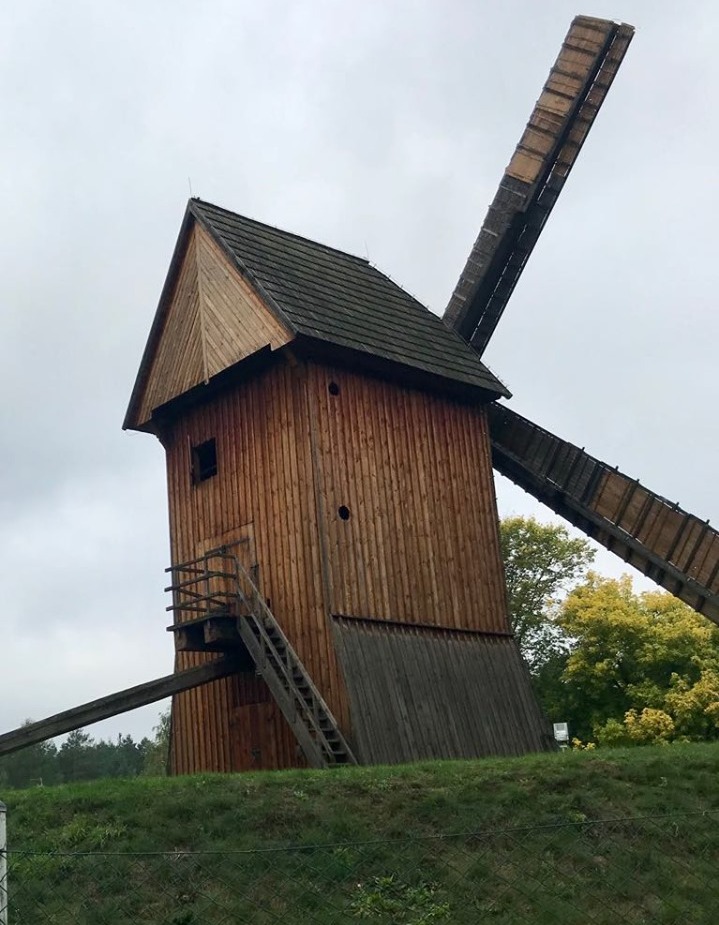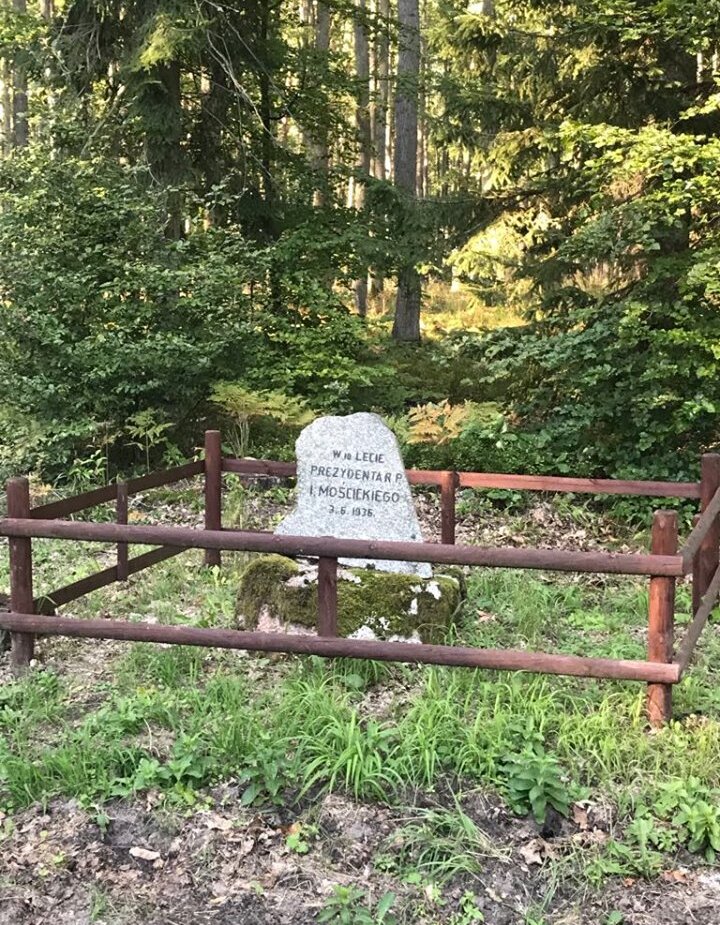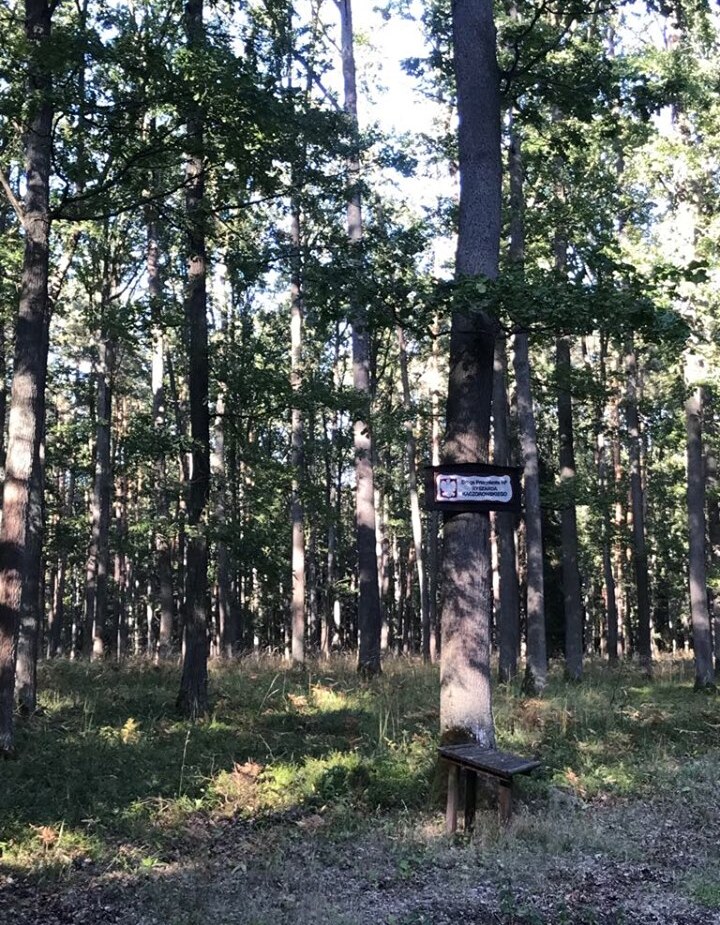In the footsteps of history
Budzyń in the Chodzież County is a town with an interesting history. For nearly 500 years, it was a town during its existence. It became a town during the reign of King Casimir the Jagiellonian, which took place before 1458. The renewal of city rights and the confirmation of the coat of arms was carried out in 1641 by King Władysław IV. As a result of the administrative reform in 1934, Budzyń, along with many other towns in Poland, lost its status as a town. Since then, it has remained a village distinguished by its population, which currently stands at 4861 inhabitants.
Throughout the existence of Budzyń, the spatial layout and its buildings have undergone changes. A characteristic element of the town is the long market square surrounded by buildings from the 19th and 20th centuries. There are also two churches here - a Catholic church and a former Evangelical church. Among the market buildings, attention should be paid to the houses standing gable-end towards the square, in a manner characteristic of earlier construction in Budzyń, as well as the Budzyń Civil Registry Office.
Greater Poland Uprising
An extraordinary event took place near Budzyń during the Greater Poland Uprising. The Poles captured the town on January 3, 1919, and continued their advance northward. However, after briefly securing Chodzież, they were forced to retreat. From Chodzież, the Germans launched various offensive actions. The attack on Budzyń began on February 7, supported by an armored vehicle. The insurgents, thanks to their sentries stationed on the outskirts of the town, spotted the enemy in time. However, the German crew, well-protected by the vehicle's armor, kept advancing. The car finally stopped near the insurgents' positions, at the height of Okręglik Hill, when its driver was killed. After a brief skirmish, the Poles forced the crew to abandon the vehicle, capturing two machine guns in the process. Today, on Chodzieska Street, on the slope of Okręglik Hill, there is a monument commemorating this event. On the other side of the street stands an old statue of the Virgin Mary with the Child, at the foot of which soil consecrated by the blood of those who fell and were murdered between 1918-1919 and 1939-1945 has been placed. Next to it, plaques honor the insurgent commander Leon Napiecki, who gave thanks for the victory at this very spot, and Michał Rajewicz, the first insurgent in the county to fall in battle.

Grave of the Greater Poland Insurgents
In a small cemetery by St. Barbara's Church, there are three graves of insurgents from Budzyń. Corporal Franciszek Jackowski and privates Leon Jęczyk and Józef Urbański fell on February 2, 1919, in battles near Radwanki. On the three identical graves stand crosses with white plaques bearing the names of the insurgents along with the date and place of their death.

Presidential Stone Mościcki
In the forest near Budzyń, along a forest road called 'the president's line,' in a place where Ignacy Mościcki often took position during hunts, a monument named 'Presidential Stone' was erected in 1936. The initiators and executors of this endeavor were employees of the Podanin Forest District, wishing to commemorate 10 years of Ignacy Mościcki's presidency.

Windmill
The history of the windmill is unknown. It was moved in 1953 from the village of Radwanki, about 8 km from Budzyń. According to descriptions, in Radwanki in the mid-19th century, there were two windmills on the hill under the forest, one Elera milled 30 quintals of grain daily, the other Lucka 60 quintals. One of them, it is unknown which, currently stands on the outskirts of Budzyń.
The windmill is situated along the road from Poznań, on flat ground near the cemetery, surrounded by new suburban development. The facility is accessible from the outside.
The windmill is set on a brick foundation in a circular plan with a diameter of seven meters, using a wooden sill, two rails, and a ring bearing. Three stories high, reaching 13.20 m, built on a square plan (dimensions 7.40 x 7.40 m). The walls of the windmill, of frame construction, made of pine wood, are clad with boards, from the windward side in the lower part covered with shingles. Two entrances lead to the interior, preceded by a porch, at the level of the ground floor and with stairs at the height of the first floor. The building is topped with a gabled roof covered with shingles, featuring a gable on the windward wall and about a one-meter overhang on the so-called grain side. Small blades that helped adjust the main wings of the windmill according to the wind direction have been preserved on the roof.

Sundial in Budzyń
In the northwestern part of the Budzyń market, an interesting sundial was created. It consists of a slender gnomon topped with a pyramid and a dial made of multicolored cubes. The dial is surrounded by semicircular bands of flowers and grass. The Budzyń sundial is undoubtedly an attraction for lovers of gnomonics as well as one of the town's hallmarks.

Architecture of Budzyń
The Church of St. Barbara - built in 1849 in the Neo-Renaissance style. The Church of St. Andrew Bobola - eclectic, post-Evangelical church built in 1881.

Historical Chamber of the Budzyń Land

Not far from Budzyń
Old cars in Kąkolewicach
The Exhibition Hall of Polish Motoring is a place where history meets reality. Here, one can view vehicles produced in Poland during the heyday of Polish motoring. You can see agricultural equipment, e.g., Bison, Vistula, URSUS tractors, passenger cars (Mikrus, Warsaw, Syrena, and others), and special vehicles (e.g., fire trucks). There is also a corner dedicated to Polish firefighting. The equipment there would still put out a fire.
Do not forget about motorcycles: Komars, SHL, or OSA models, which are still admired today. The vehicles have been restored, and each of them is technically sound.
Photo: MWPM

Alpakoland in Klotyldzin
Open all year round, but visiting must be arranged with the hosts. There are two tour programs:
Basic program - 1 hour:
- visiting all the enclosures with a guide, during which you can learn basic information about the animals living on the farm and many interesting facts about them
- feeding goats, sheep, alpacas - direct contact with them,
- entry to the pens of females and young alpacas,
- entry to horse and donkey paddocks - petting
Extended program - 2 hours: basic program + additional attractions (to be arranged):
- riding/walking on a pony, horse, donkey
- walking with alpacas (forest, lake) and spending time with them in the enclosures
- milking a cow
- the possibility of taking photos on a Frisian horse, Haflinger, Polish horse and pony, as well as on a French Poitou donkey (the largest donkey in the world, one of a few in Poland, a species protected).
Photo: Alpakoland

Mill Museum in Jaracz
The Mill Museum in Jaracz is located 40 km from Poznań along road No. 11 Poznań–Piła, at the eastern edge of the Notecka Forest, by the Wełna River, in a location with significant landscape qualities. In Jaracz, the nature reserve 'Wełna' ends, which encompasses a 3.5-kilometer stretch of the river with a swift current and flora and fauna characteristic of Carpathian streams.
The first written mention of the mill in Jaracz dates back to the 15th century. It was one of many water-powered mills built on tributaries of the Warta River. Currently, the mill complex, where the Mill Museum has been operated since 1981, consists of the following buildings:
- a water mill from the turn of the 19th and 20th centuries along with a system of mill channels,
- a windmill - a 'koźlak' type from the late 18th century,
- a windmill - a turbine mill from the mid-20th century,
- an outbuilding from the 19th century,
- a residential building from the 19th century.
In the water mill from the turn of the 19th and 20th centuries powered by a Francis turbine, there is an exhibition of industrial milling technology covering the entire process of grinding grain into flour. The machines and devices in the mill are from the 1920s. Additionally, models of water mills and small auxiliary equipment are displayed here. The second mill is a windmill moved from the village of Czacz (gm. Śmigiel) from the late 18th century. It represents the most characteristic type of windmills in Greater Poland - the 'koźlak' type. The interior of the mill naturally presents the equipment of the facility during its use. A major attraction for visitors are regular demonstrations of the windmill's operation using wind power. In the building of the former stable, an exhibition dedicated to traditional grain processing has been arranged. Here, millstones, pounding mills, hand or horse-driven grain crushers, and a mechanical grain crusher produced by H. Cegielski Works in Poznań are displayed. In the next museum object - 'Miller's House,' there is an exhibition titled 'Collection of windmill models by engineer Feliks Klaczyński,' showcasing a unique collection of over forty windmill models from all over Poland. The museum grounds also feature devices used to power mills: electric engines and gas engines as well as steam machines.
Photo: Mill Museum in Jaracz

Source: polskaniezwykla.pl, Historical Chamber of the Budzyń Land, Exhibition Hall of Polish Motoring, Mill Museum, Alpakoland.


